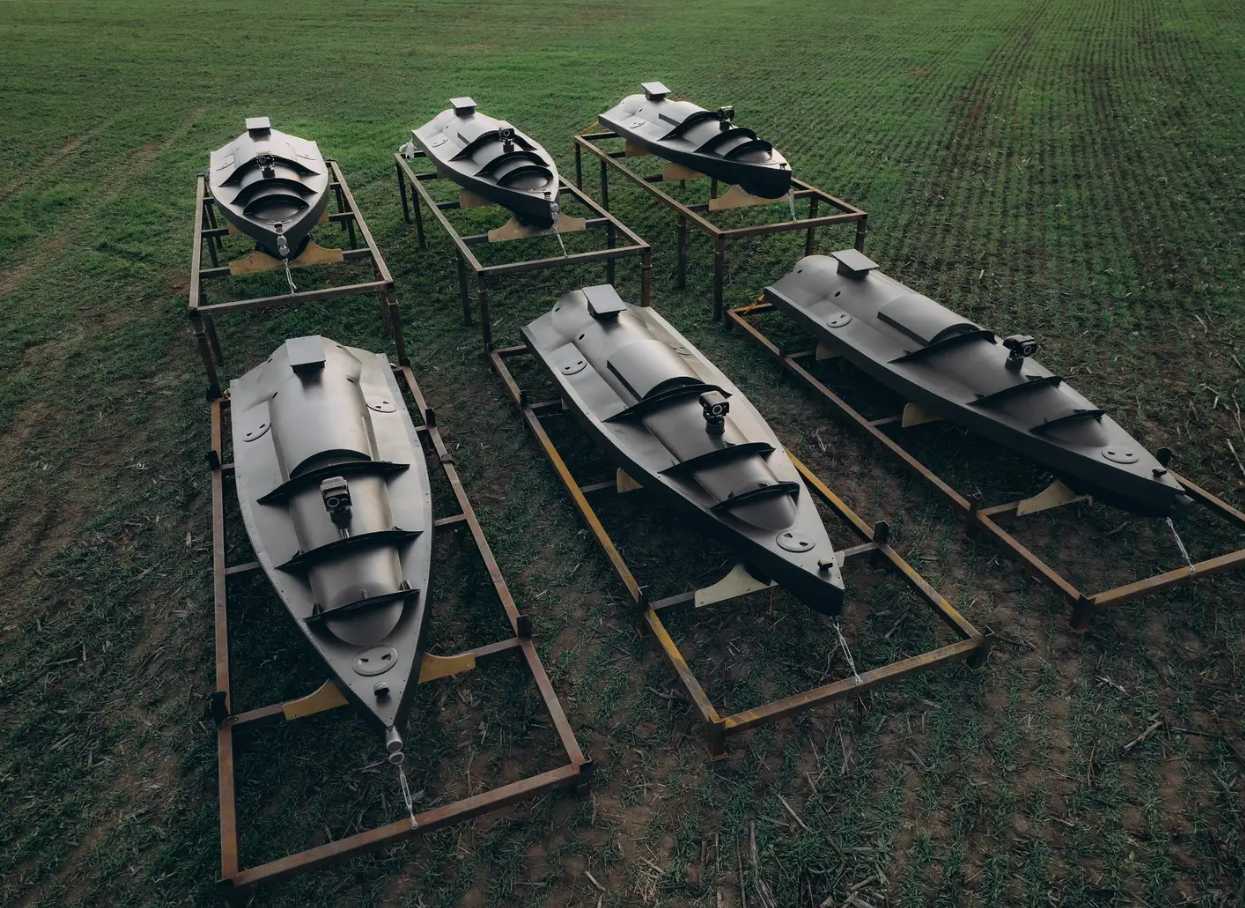Russian navy officers have expressed alarm over the dangers of Ukraine’s unmanned maritime Unmanned Surface Vessels (USV), which keep attempting to attack Russia’s Black Sea Fleet in Crimea’s Sevastopol.
The servicemen point to the boats’ speed, low visibility, and maneuverability that continue to pose a threat.
The latest April 24 strike was the third such attack, but this time involved only two USVs. One was destroyed while the second exploded itself without causing any damage, according to Crimea’s governor, Mikhail Razvozhayev.
The first attack in late October 2022 saw nine aerial and seven autonomous sea drones, all of which were subsequently destroyed. The second attack on March 23 this year had only three USVs participating.
USVs Haven’t Succeeded…Yet
Observers are still split on whether the USVs employed in this second attack were the same from the October 2022 attempt or a newer design whose pictures emerged on social media just around a day prior to the March 23 strike.
Captain 3rd Rank Reserve Maxim Klimov was quoted in an interview with Pravda, noting the USVs’ nimble maneuvering capabilities. “(The boats) jump over the waves constantly changing course. This is a rather dangerous enemy, and you need to take the development of countermeasures seriously,” he said.

Klimov pointed to how the Houthis blew up a Saudi Arabian Navy frigate with an unmanned boat a few years ago. Today, the Russian side managed to destroy the enemy vehicles, and they could not break through into Sevastopol Bay, he said. “But imagine against the Mediterranean squadron, which is absolutely not ready for this,” he said.
Klimov is referring to the Permanent Task Force of the Russian Navy in the Mediterranean Sea — or the 5th Operational Squadron as it was known in the erstwhile Soviet Navy. It has been reported to comprise 15 warships and auxiliary vessels.
Klimov suggests that protecting set harbors, with surveillance from both ships, fixed Buildings, the air, and the ship’s crew which is not engaged in routine sailing activities, is relatively easy.
On the high seas, the task would be extremely challenging, if not impossible. An attacker, particularly unmanned drones, can also exploit the freedom from physical limitations and combine it with striking in rough weather or late hours when visibility is low.
As for the latest strike, Russia’s Ministry of Defense (MoD) says its analysis of the route of the Ukrainian unmanned boats showed that all of them were launched from the waters of the port of Odesa.
Ukraine Practicing Sea Drone Attacks?
Ukrainian operators may very well be perfecting tactics and improving the USV’s characteristics. For instance, the previous two attacks took place in day hours, when the visibility was not zero. This time the hit was in the night, indicating the Ukrainians had leveled up.
An earlier analysis by EurAsian Times showed Ukrainians have a fairly large yet not mass-produced inventory of the USVs — assuming they are the same model from the October 2022 strike — that they will keep using sparingly and strategically. Promotional videos then showed a large fleet of several dozen such USVs.
The USVs employed in the October 2022 strike are 5.5 meters long with a range of 400 kilometers, a 60-hour endurance, a gross weight of 1,000 kilograms, a warhead of up to 200 kilograms, and a maximum speed of 80 km/h.
The USVs suspected in the March 23 strike were shorter and without any protruding masts, communication antennas, electro-optical systems, propellers, water jet propulsion, etc. Naval experts, however, believed this could be deliberate to protect key design features and performance capabilities.
Killer Sea Drone Packed An Explosive Punch
In the latest attack on April 24, a short six-second clip on social media showed a civilian recording the attack in the harbor in the nighttime from his window. Believed to be of the USV, a sudden explosion occurs, and a shockwave shakes the surroundings around the camera.
While it is likely that this is the USV the RuMoD mentioned exploded on its own, the sheer force of the shockwave indicates the number of explosives packed inside the vessel. This is only consistent with the intended target of a large warship, enough to punch a deep hole and make the vessel list to one side.
A hit on the bow (front portion) increases the chances of sinking since it destroys the missiles in the vertical launch silos and the ammunition in the main gun.
Interestingly, Klimov had also raised the alarm following the October 2022 attack. He had suggested rapidly inducting the Pantsir-M/EM gun-missile hybrid air defense system, meant for naval purposes; transferring the Project 22800 Odintsovo-class small missile boats from the Baltic Sea Fleet; and upgrading the Ka-27 and Mi-14 helicopters.
Ukraine Wants To Stymie Grain Export Deal – Russia
Russia also believes the attack was meant to stymie the Black Sea Initiative (BSI), signed between the United Nations (UN), Russia, Turkey, and Ukraine, that allows for unimpeded grain exports from Russian and Ukrainian-controlled ports.
Following Ukraine’s October 2022 strike, which Russia called a “terrorist attack,” the Russian Federation suspended the implementation of the agreement on the export of agricultural products from Ukrainian ports.
“Only thanks to Turkey’s guarantees and Ukraine’s written commitments not to use the humanitarian corridor and Ukrainian ports for hostilities against the Russian Federation, the agreement was renewed,” the RuMoD said.
It adds that the March 23 and April 24 attacks — that it claims were carried out in the area of the attack involved in agricultural exports — therefore “threaten” another extension of the Grain Initiative after May 18 this year.
- The author can be reached at satamp@gmail.com
- Follow EurAsian Times on Google News